Ukraine’s crude steel production increased by 21.5% in 2024, largely due to the launch of a second blast furnace at ArcelorMittal Kryvyi Rih. However, the industry faces a challenging outlook for 2025, with steel output projected to decline by 9%, as estimated by GMK Center. Continued hostilities, weak global steel prices, rising costs, trade barriers, and energy constraints are key obstacles.
In an exclusive interview with GMK Center, Mauro Longobardo, CEO of ArcelorMittal Kryvyi Rih, shared insights into the company’s operations in 2024 and plans for 2025. Despite a recovery from 2023, production remained 50% below pre-war levels. The company produced 1.65 million tons of steel and 0.7 million tons of commercial pig iron, primarily for export to the U.S. However, high energy prices and market weakness prompted the shutdown of one blast furnace in Q4.
Export markets played a pivotal role in 2024. With limited domestic demand, the company expanded into new markets, such as Eastern Europe, and utilized the sea corridor to lower logistics costs. However, intense competition with Russian exports, which benefit from lower prices and circumvention of sanctions, remains a significant challenge. Longobardo highlighted the inefficacy of sanctions on Russian pig iron and semis, which continue to influence global prices.
The high cost of electricity and other inputs, such as coal, water, and logistics, further strains competitiveness. ArcelorMittal Kryvyi Rih faces elevated electricity tariffs due to imports and infrastructure costs, making iron ore concentrate exports to China economically unsustainable at current price forecasts. Longobardo also warned that rising costs could force Ukraine’s steel sector to shift focus to raw material exports, undermining industrialization and employment.
Trade barriers, including U.S. anti-dumping duties, add to the pressures. Despite efforts to challenge these measures, the duties remain, restricting Ukrainian steel exports. Longobardo emphasized the need for a systematic industrial policy in Ukraine to lower production costs and attract investment. Without such reforms, the competitiveness of Ukraine’s steel industry, both domestically and globally, is at risk.
Mobilization has also impacted operations, with over 6,000 employees lost due to military draft and voluntary departures. The CEO called for stability in mobilization policies to reduce workforce disruptions.
Longobardo concluded by stressing that without urgent action, Ukraine’s steel industry risks downsizing, leading to greater reliance on raw material exports and significant social implications. He urged the government to implement cost-reduction measures and develop long-term strategies to secure the sector’s future.


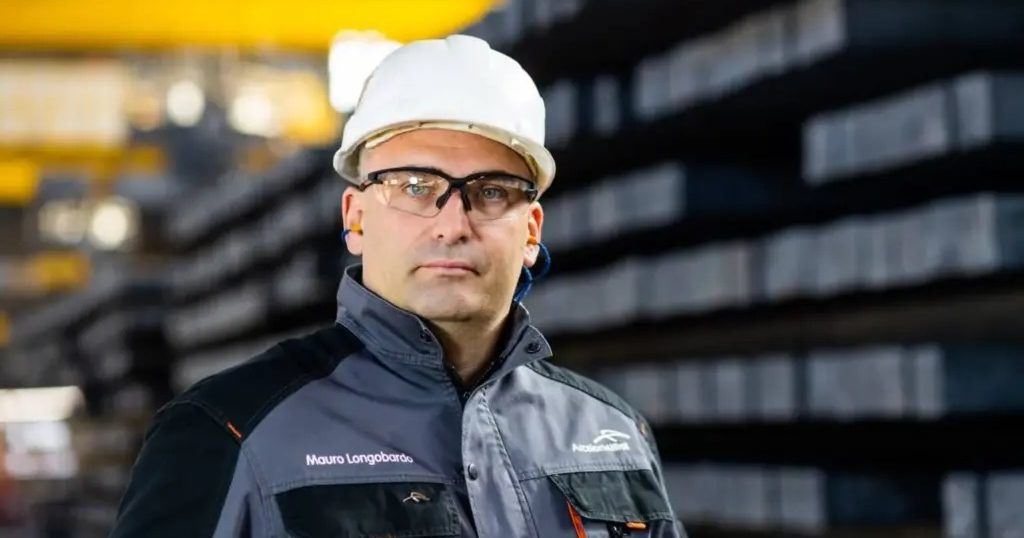

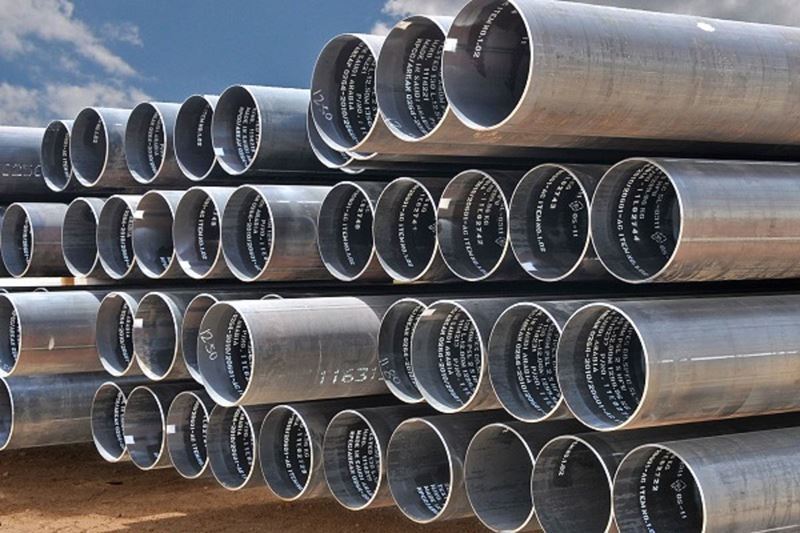
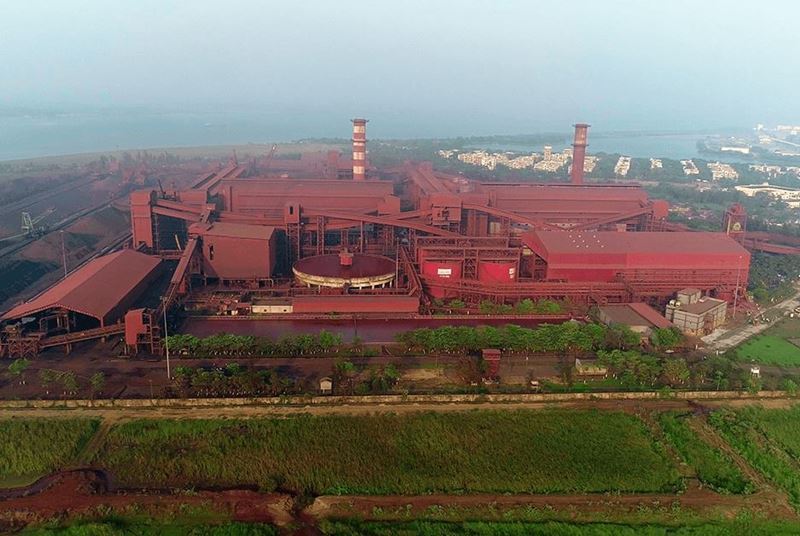
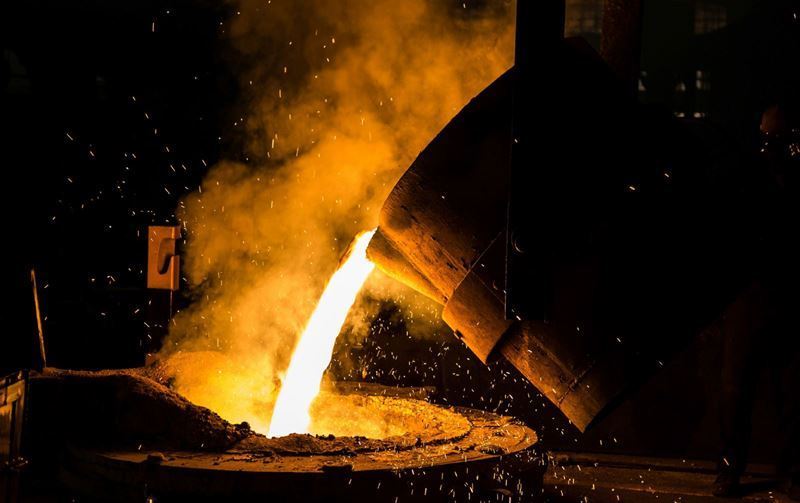
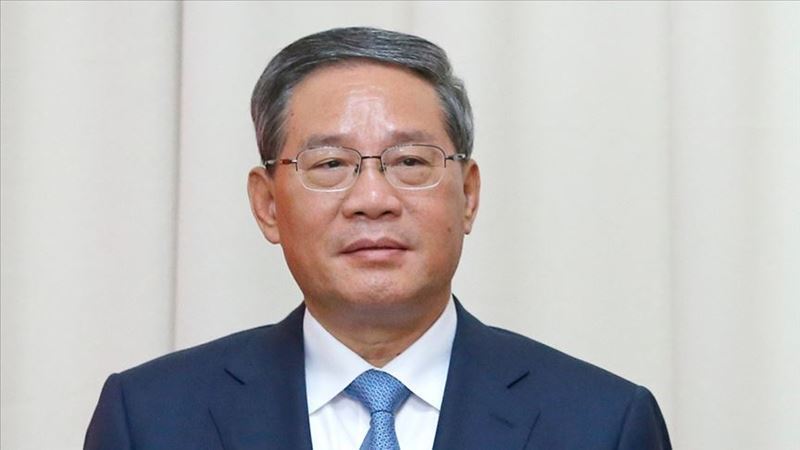
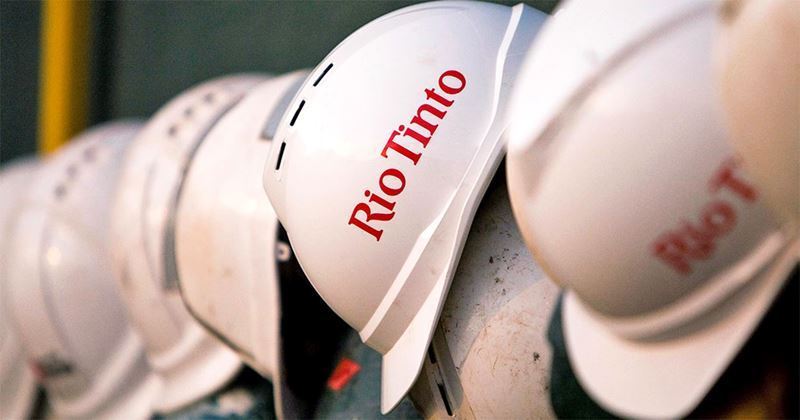


Comments
No comment yet.